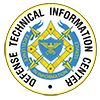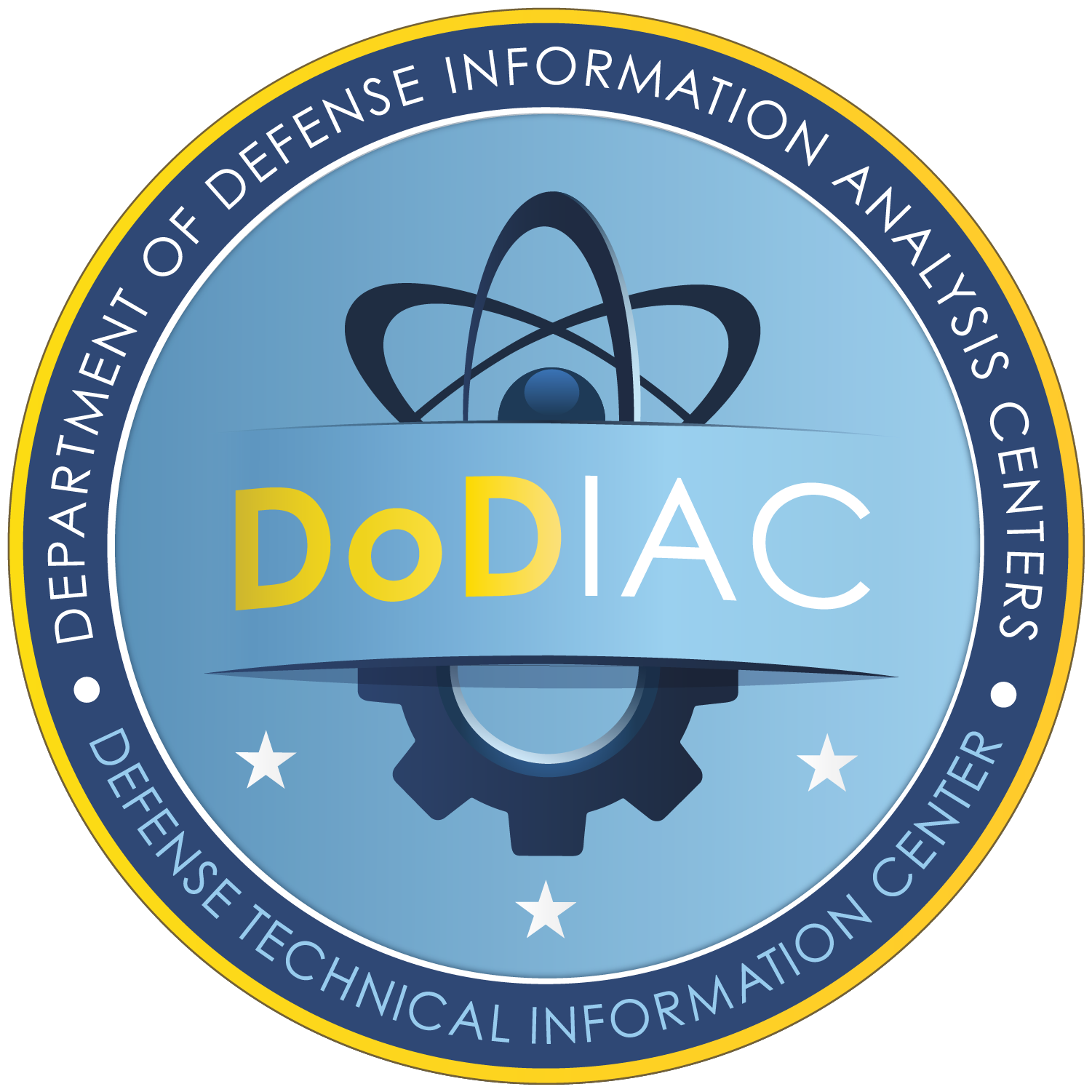an email newsletter released every month highlighting the latest articles, events, technical inquiries, and voices from the community
Spring 2016: Volume 4 Issue 1

Spring 2016: Volume 4 Issue 1
Published: March 8, 2016
Focus on Air Force Research Laboratory’s Information Directorate
The US Air Force’s Rome Laboratory is the USAF research and development center for command, control, and communications and is responsible for planning and executing the USAF science and technology program. The Information Directorate develops information technologies for air, space and ground systems, partnering with other federal agencies, allied nations, state and local governments, and more than 50 major universities. The Information Directorate focuses its research in four major technical areas: Autonomy, Command and Control, and Decision Support; Processing and Exploitation; Cyber Science and Technology; and Connectivity and Dissemination.

